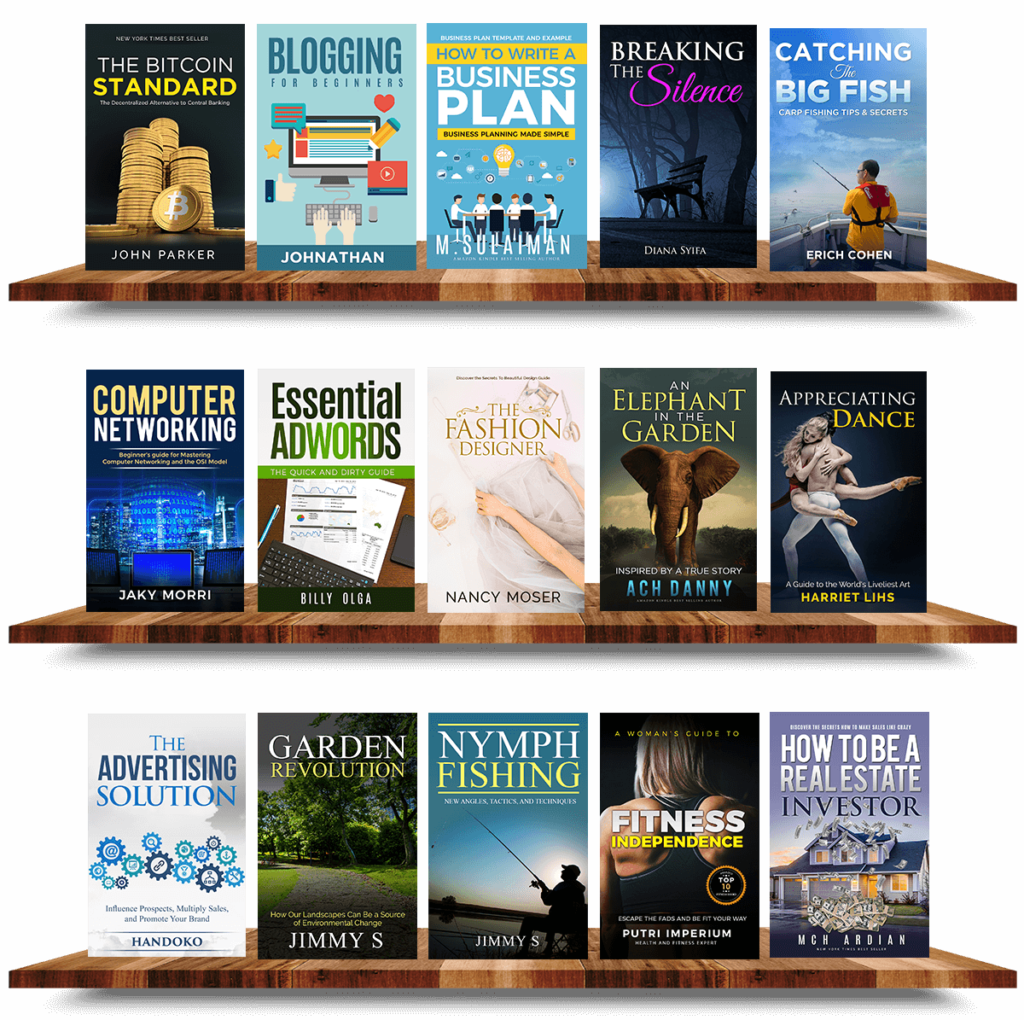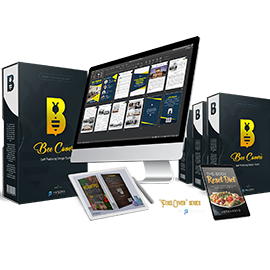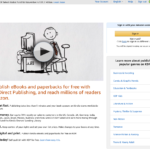The cover gives the reader the first impression of the book. It is an essential tool for marketing, and the cover should be appealing and exciting.
DEFINING A SUCCESSFUL COVER
Describing in concrete terms what a cover should look like is difficult. It has many different aspects, such as personal tastes and opinions, and how the reader perceives an attractive cover. The most important thing is that the cover must fit the book content. Thus, planning always starts with the content.
It is crucial to consider the main purpose of the cover: A cover is a marketing tool, and it must be individual – but also follow the characteristics of the genre. If the book belongs to a series, the whole series should contain something that ties the books together. Your book cover is a reference to what awaits the reader and should, therefore, provide accurate information about what the book is about or what genre it belongs to. On the other hand, the cover is also what should get the reader to take the book in hand and contain creative and appealing elements.

SECTIONS OF THE COVER
The front of the cover plays the central role: It is seen in advertisements and online bookstores and receives the most attention. E-books only contain the front of the cover, so here the design should be extra carefully planned. When planning the cover, it is vital to consider the size displayed precisely in print. The cover usually appears very small and should, therefore, be clear and straightforward.
IMAGES
The cover can contain any kind of images: photographs, art, illustrations, or collages. They can be descriptive or abstract, cover the entire cover, or only part of it. Many books have no images at all but consist only of typographic elements.
The reader is used to seeing specific kinds of covers associated with certain types of books. For example, in biographies or children’s books, the choice of image can be simple and obvious: it relates directly from the book’s subject. The more abstract and hard-to-define the book’s content, the more creativity and imagination required to select the image and create the cover.
MATERIAL SELECTION
The first thing to decide is whether the book should be hardcover or have soft covers. Start by thinking about the book’s purpose: Handbooks often work best with soft covers such as novels or other fictional books in pocket format.
When it comes to books like fiction or photo books, hardcovers are appropriate. You can also add a protective cover, which initially served as a dust cover. If the book is to be used extensively and not kept in the bookshelf, such as cookbooks, a hardcover book without a cover is a better.

TEXT AND TYPOGRAPHY
Elements to be included on the cover are usually the author’s name, the book’s title, and the publisher. It is possible to convey the message solely through the design of the texts, and then no pictures are needed.
The cover also contains the book description and possibly text in the tabs. A barcode with ISBN is required for sales and logistics. Sometimes it can be challenging to place the barcode, but it is necessary for the book to be sold in the bookstore. The book’s back is also important: It is the part that is visible when the book is in the bookshelf and should, therefore, contain the book’s title.
FAILED COVERS
Sometimes the covers go wrong, and it can be due to different reasons. A common mistake is to decide quickly on a simple choice. The cover should give the reader what the book is about without making them familiar too much about book content. It is impossible to add everything about the content or book theme to the cover. The cover image does not have to tell everything but acts as a window and displays a viewpoint on the content.
A bad cover repeats clichés and becomes one of many. Sometimes the cover is misleading for purely marketing purposes. Then something shocking or otherwise used that arouses emotions but often has nothing to do with the book’s message.
CONCLUSION
As an author, designing a book cover taking into all above considerations may be difficult. I suggest you to use Beecovers book cover design application so that you don’t need to hassle and save a lot of time, they have tons of ready to use beautiful templates.
PS: SOME TIPS
Book Cover Templates
Survey a targeted, relevant audience to get their ideas on your book covers
- Use Pickfu to ask your niche audience what they think (use code AUTHORS-WRITERS-POETS for 50% discount)
All the best
Marissa Mayer

















